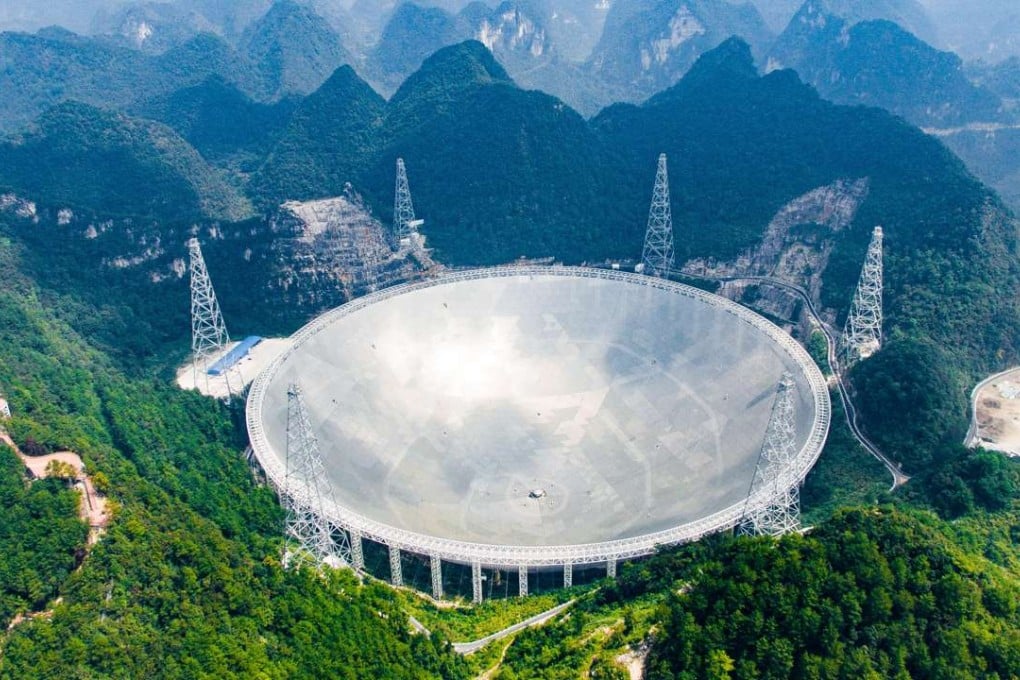Outside In | Be afraid: China is on the path to global technology dominance

I have often jested that the main difference between the United States and China is not that one is capitalist and the other communist. Rather, it is that one is run by lawyers and the other by engineers.
Nowhere is this truer than in the astonishing “catch-up” occurring on the mainland in the explosion of digital technologies and their application to the daily lives of hundreds of millions of ordinary Chinese consumers.
As long as China is governed by engineers, I reckon this breakneck transformation will shock, intimidate and challenge us for decades to come
Ask people in the US or Europe about Chinese technology and most will still cast a dismissive smile and say China remains home of the cheap and cheerful copycat stuff that fills Walmart shelves. The dangerous naivity of this view was brought home forcefully at our APEC Business Advisory Council (ABAC) meetings last year – the first in San Francisco and the second in Shenzhen. The first thing we noticed was that our internet worked noticeably faster in Shenzhen than around San Francisco. The second was that our Chinese colleagues were paying for everything via AliPay on their smartphones.
In awe of the smart technologies on display at PayPal, Google and Dolby sound studios, we were blown away by Huawei, where 40 per cent of its 170,000 staff are working on pure research, and the foundations being are being laid for roll-out of 5G across the whole of China by 2020.

China’s digital payments market is today 50 times larger than that in the US
More seriously, look at the 500-metre-wide radio telescope in Guizhou province that has joined the global search for extraterritorial life. Or the Sunway TaihuLight supercomputer which is by far the fastest in the world. Or lithium battery development. Or 3D-printed blood vessels made from stem cells…the list goes on.
